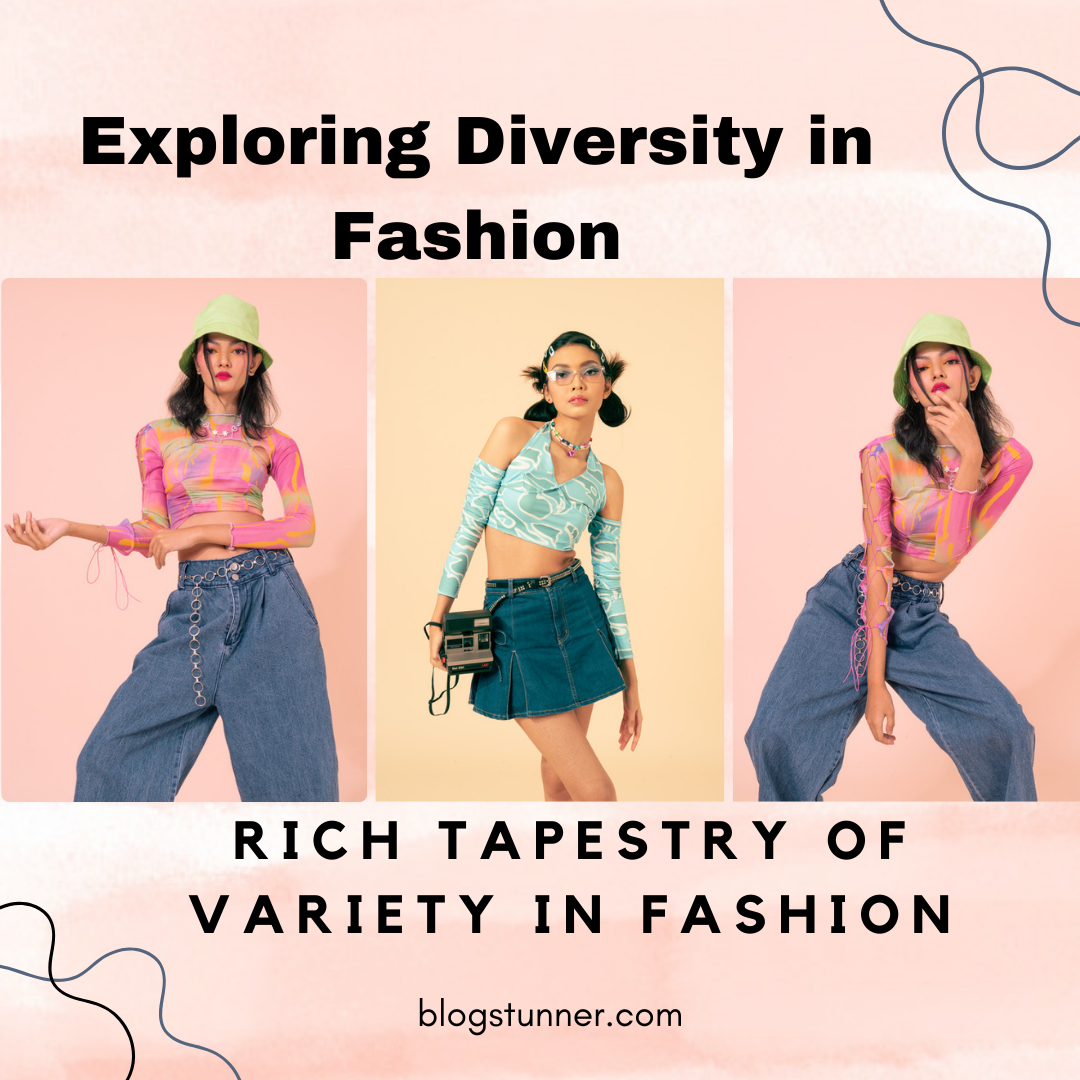Fashion, an ever-evolving art form, plays a pivotal role in our daily lives. It is a dynamic and powerful medium through which individuals express their personalities, cultures, and identities. From haute couture to streetwear, fashion is constantly influenced by cultural shifts, technological advancements, and societal changes. This comprehensive article delves into the multifaceted world of fashion, exploring its history, current trends, and the future of sustainable fashion.
A Historical Overview
Fashion has always been a reflection of the times. Here’s a brief journey through the history of fashion:
1. Ancient Fashion
Fashion dates back to ancient civilizations where clothing was primarily functional but also a status symbol. In Ancient Egypt, for instance, the use of linen and intricate jewelry signified social status. Similarly, in Ancient Rome, togas were worn by free citizens and symbolized their societal rank.
2. The Renaissance Era
The Renaissance period marked a significant evolution in fashion. Clothing became more elaborate with intricate embroidery and luxurious fabrics like silk and velvet. This era introduced the concept of fashion as a form of art and self-expression.
3. The Industrial Revolution
The Industrial Revolution in the 18th century revolutionized the fashion industry. Mass production became possible, making fashionable clothing accessible to a broader audience. This era also saw the rise of fashion magazines, which began to influence public taste and trends.
4. 20th Century Fashion
The 20th century was a period of rapid change and innovation in fashion. The flapper dresses of the 1920s, the Dior “New Look” in the 1940s, and the hippie movement of the 1960s are just a few examples of how fashion mirrored societal shifts. The latter part of the century saw the rise of fast fashion, making trendy clothing quickly and affordably available.
Current Fashion Trends
Fashion is in a constant state of flux, influenced by cultural, technological, and societal changes. Here are some of the current trends shaping the fashion industry:
1. Sustainable Fashion
Sustainability has become a major focus in the fashion industry. Consumers are increasingly aware of the environmental impact of their clothing choices, leading to a rise in demand for sustainable and ethically produced fashion. Brands are adopting eco-friendly practices, such as using organic materials, reducing waste, and ensuring fair labor practices.
2. Gender-Neutral Fashion
The concept of gender-neutral fashion is breaking traditional gender norms. Designers are creating clothing that is not confined to the binary notion of male or female. This trend reflects the broader societal shift towards acceptance and inclusivity.
3. Technology in Fashion
Technology is transforming the fashion industry in various ways. From 3D printing to wearable tech, innovations are driving new possibilities in design and functionality. Virtual fashion shows and digital fitting rooms are also becoming more common, especially in the wake of the COVID-19 pandemic.
4. Vintage and Retro Styles
There is a growing appreciation for vintage and retro styles. Consumers are drawn to the unique and timeless appeal of vintage clothing, often viewing it as a sustainable choice. Thrifting and second-hand shopping have gained popularity, offering a more environmentally friendly alternative to fast fashion.
5. Athleisure
Athleisure, the trend of wearing athletic clothing in non-athletic settings, continues to dominate fashion. Comfort and functionality are key, with consumers preferring versatile pieces that can transition from workout to everyday wear.
The Future of Fashion
The fashion industry is at a crossroads, balancing tradition and innovation. Here are some predictions for the future of fashion:
1. Sustainable Innovation
As environmental concerns grow, the fashion industry will continue to prioritize sustainability. Innovations in materials, such as biodegradable fabrics and recycled materials, will become more prevalent. Brands will also focus on creating circular fashion systems, where products are designed to be reused or recycled.
2. Customization and Personalization
Advances in technology will allow for greater customization and personalization of clothing. Consumers will be able to design their own pieces, choosing fabrics, colors, and styles that suit their preferences. This shift will reduce waste and overproduction.
3. Digital Fashion
Digital fashion, where clothing exists only in the virtual world, is an emerging trend. This concept allows for limitless creativity without the environmental impact of physical production. Digital fashion can be used for virtual avatars, social media, and even augmented reality experiences.
4. Inclusivity and Diversity
Inclusivity and diversity will remain central to the future of fashion. Brands will continue to break away from traditional beauty standards and embrace a wider range of body types, skin tones, and gender identities. This shift reflects the industry’s move towards a more inclusive and representative approach.
5. Tech-Integrated Fashion
Wearable technology will become more integrated into everyday fashion. Smart clothing that monitors health metrics, adapts to weather conditions, and even charges electronic devices will become more common. These innovations will blend functionality with style, creating a new era of tech-integrated fashion.
The Role of Fashion Influencers
Fashion influencers play a significant role in shaping trends and consumer behavior. Social media platforms, such as Instagram and TikTok, have given rise to a new generation of influencers who have the power to reach millions of followers. These influencers often collaborate with brands, creating content that promotes new collections and styles. Their influence can drive sales, shape trends, and even impact the success of fashion brands.
Fashion and Identity
Fashion is a powerful tool for self-expression. It allows individuals to convey their personality, values, and beliefs through their clothing choices. Fashion can also be a form of protest and social commentary. Throughout history, clothing has been used to challenge societal norms, from the suffragette movement to the punk rock era. In today’s world, fashion continues to be a means of expressing identity and advocating for change.
Conclusion
Fashion is more than just clothing; it is a reflection of our culture, values, and identities. It is an ever-evolving art form that adapts to societal shifts and technological advancements. As we move towards a more sustainable and inclusive future, the fashion industry will continue to innovate and inspire. Whether it’s through the lens of history, the latest trends, or future predictions, fashion remains a dynamic and integral part of our lives

